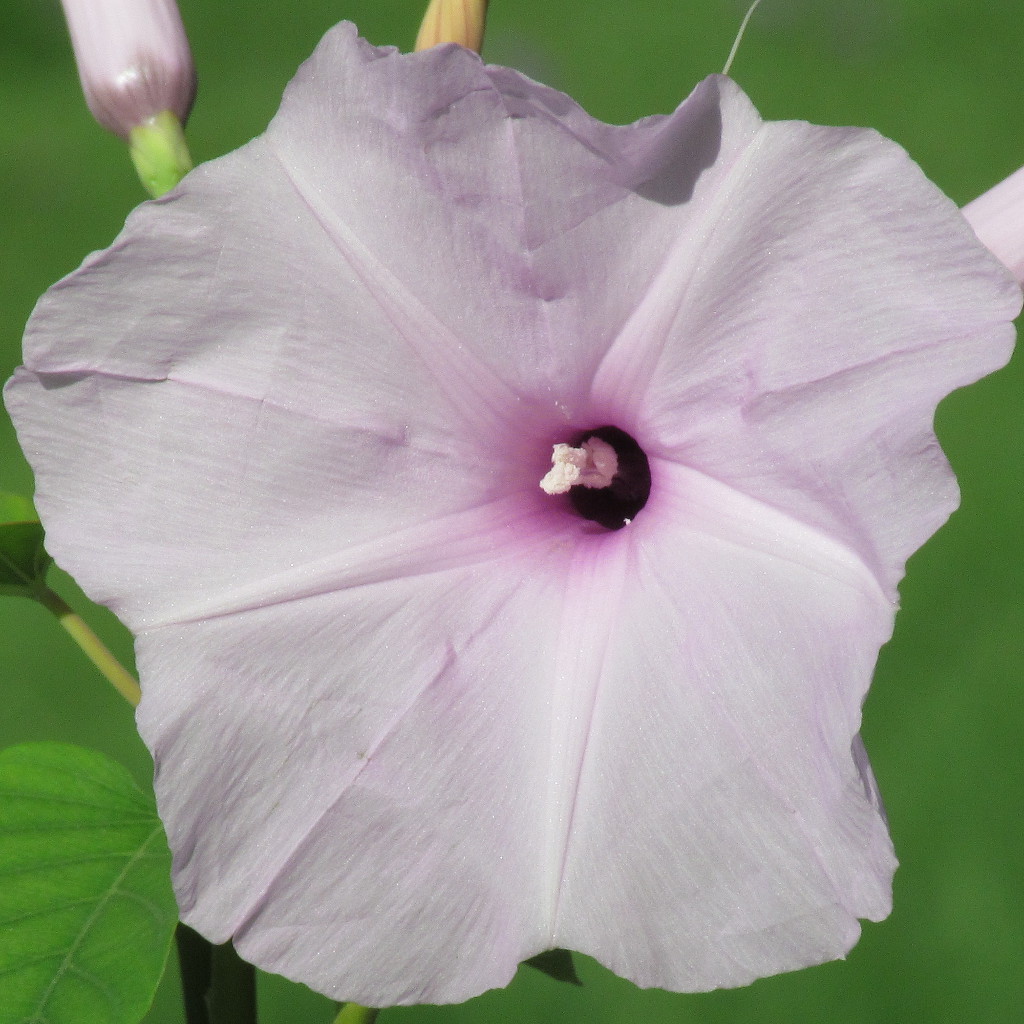Pink Morning Glory

Some people have asked me what method I use for identifying plants. Well, in the good old days one would turn to a botanical key, but nowadays I find it

Some people have asked me what method I use for identifying plants. Well, in the good old days one would turn to a botanical key, but nowadays I find it

We came across this lovely scene last weekend near the town of Chishang (池上) in Taitung County, southern Taiwan. Much of the small lake, which goes under the name of

A rather ordinary plant, the night-blooming jessamine (Cestrum nocturnum) is widely cultivated in southern Taiwan. I always wondered what makes it so popular until I saw it (and especially smelt
Once upon a time breadfruit (Artocarpus altilis) was the staple diet of many island nations in Polynesia and other parts of the vast South Pacific region. There was even a
If you had to pick a tree that best represented the tropics, which one would it be? While there are a number of candidates for the likely symbol of the